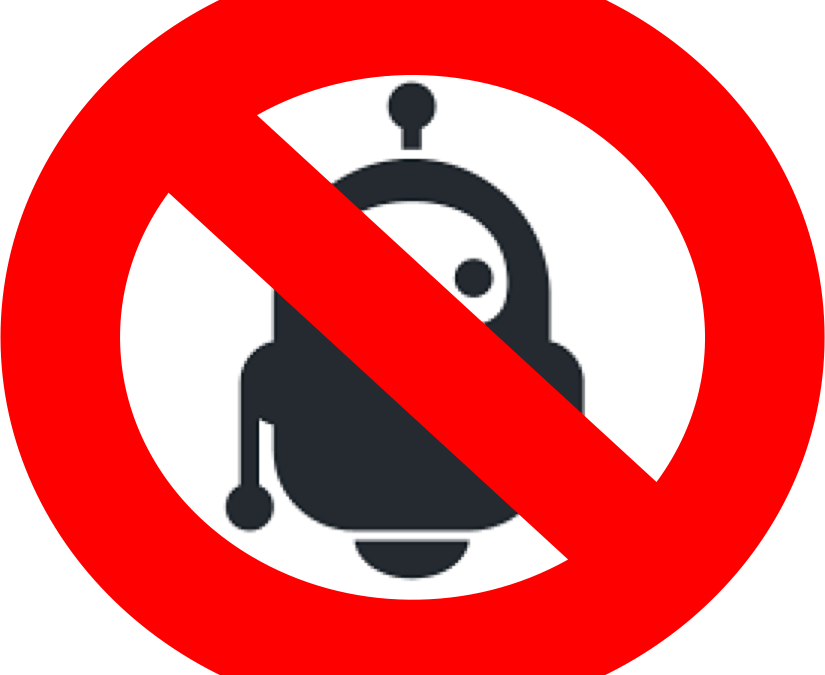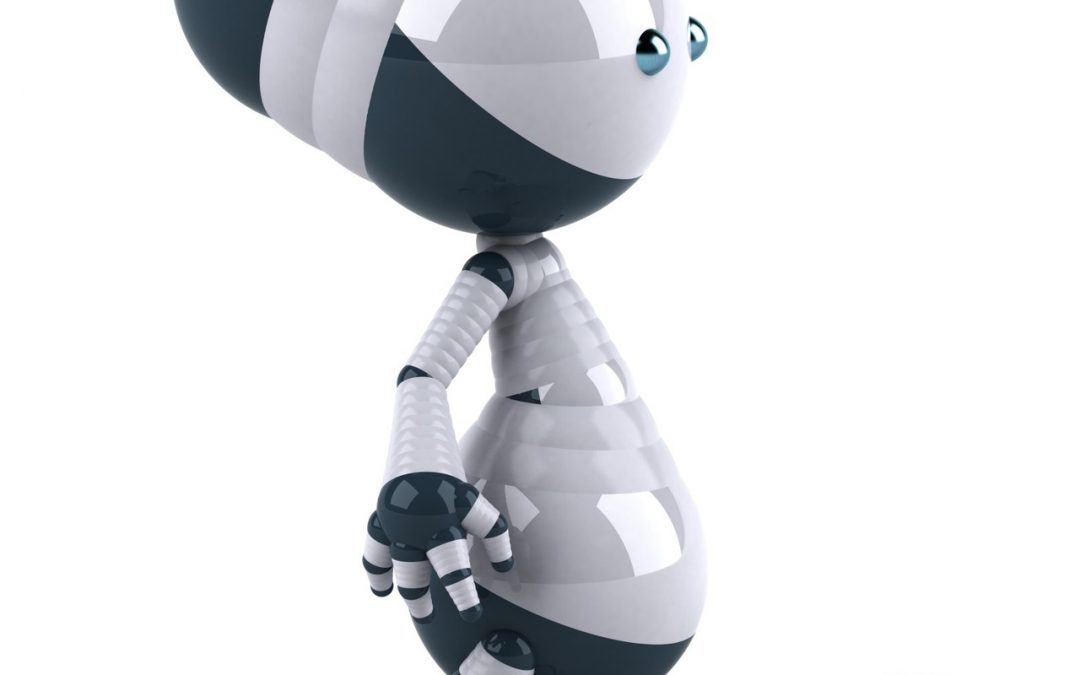
by twieberneit | Jun 17, 2017 | Blog |
With mobile phones taking over our lives and conversational interfaces becoming ubiquitous there is certainly a new level of demand arriving at customer service centers. Customers do not accept a mediocre service experience anymore. With their smartphones they have the means to get to customer service with nearly no delay and they are certainly willing to use it. And they do it. In this situation customers are often already feeling some frustration or disappointment because they couldn’t achieve what they wanted to achieve in the first instance. They already had their taste of a suboptimal customer experience. Frustration, disappointment – customers’ negative emotions towards a brand have a corresponding negative impact on the business. Customers just might go buy somewhere else. After all, in times of smartphones this has become simpler than ever. The support center now has best chances to add the feeling of being disrespected and outright anger into the mix. Or it can create a feeling of relief, of being respected, valued, even some satisfaction; this in spite of having come into the need of asking for support. Here the service agents have the opportunity to create a positive customer experience out of a poor one – one that will overlay the negative one. Use Customer Service To Create Positive Emotions Which one is better for the company – and the company’s bottom line? The answer to this question is pretty obvious. Inmoment Research recently released a study that clearly established links between positive experiences and positive outcomes for a company. And this was not the first study finding that investing into positive customer experiences results...

by twieberneit | Apr 28, 2017 | Blog |
Just on may way back from CRM evolution 2017 it is time for a little recap. The conference, once more chaired by CRM Grandmaster Paul Greenberg, was again co-located with sister conferences Customer Service Experience and Speechtek. Why there is a separate – and smaller – conference for Customer Services co-located with a CRM conference is beyond me, as Customer Service is an integral part of CRM. But be it as it is. CRM Evolution attracted around 500 professionals, being second to Speechtek. The main topics this year seemed to be Customer Engagement, Customer Experience, and AI, nothing of this coming as a surprise. The size ratio of the conferences and the topics were also confirmed by the exhibitors in the Customer Solutions Expo. We saw an abundance of little booths with AI- and bot-vendors. The mainstays of CRM had fairly small presences, notably SugarCRM, which had a big presence last year. Both keynotes dealt with delivering to maximize customer experience and to measure the result. In the opening keynote Gerry McGovern answered the question what great customer experience is in a digital world and then how to measure it. His premise is that customers want to get something done and that it therefore is imperative to help them getting it done as fast and easy as possible. That begins with page load times, goes on with simple check-out processes like Amazon’s famous one-click or Uber’s payment process – hint there is none at the end of the ride. Things are as easy as saying good-bye to the driver and opening the door. Throughout his keynote Gerry made the...

by twieberneit | Mar 6, 2017 | Blog |
2016 has been predicted to be the year of conversational commerce, and I’d say that this prediction largely held true. Conversational interfaces have become more and more mainstream, and their support by AI and bots has become all the rage. While people more and more turn to their smartphones and Google to find service and get answers to their questions, companies are increasingly looking at bot support to increase the efficiency of their call centers. But where is reality? In their 2016 hype cycle on emerging technologies Gartner places Conversational UIs in the innovation trigger phase with a predicted time of 5 – 10 years to mainstream adoptions Machine Learning on the peak of inflated expectations with a period of 2 – 5 years to mainstream adoption Forrester Research in their recent AI tech radar places virtual agents and machine learning into their growth phases of their respective life cycles, giving them 5 – 10 years to mainstream, while acknowledging a successful trajectory. So, clearly, AI and conversational systems are strategic. At the same time Abinash Tripathy, CEO of helpshift, a leading helpdesk company providing users with instant, proactive, and personalized in-app support, feels that “we are closer to IoT than to having really helpful bots”. Some bots are actually harming the customer experience. And he is right. Why? Several reasons. Essentially artificial intelligence, driven by machine learning or deep learning, is not yet intelligent enough. Too many bots are still driven by decision trees, which severely limit the possible conversations that the bot can serve. Second, bots’ ability to understand natural language is still lacking, albeit improving, and...

by twieberneit | Jan 19, 2017 | Blog |
After the Hype 2016 has been the year of bots, AI, and automation the beginning of 2017 seems to be the time of looking at wider implications. There is a lot of discussion going on in academia, politics, and on the web, e.g. the one spurred by Denis Pombriant with a very readable article, and two follow-ups here and here, in November and December 2016. Denis, supported by Vinnie Mirchandani, took a very optimistic stance – something that is highly important in times of simplification and pessimism. There is no doubt in my mind that technologies that are driven by artificial intelligence can have a tremendous benefit for both, companies and organizations, as well as consumers. Consumer technology like Amazon’s Alexa, Google Assistant, Siri, generally intelligent home automation, self driving cars, etc., can simplify peoples’ lives tremendously by taking away routine activities or making it just easier to execute them. Organizations can create improved customer and employee experiences via automating existing processes, and they could create entirely new experiences using technology – doing things more effectively. Opportunities to do so can be found within the complete value chain. Automation also serves the aspect of doing the same, or more, at less cost, i.e. more efficiently. And in the last point lies a catch. This means that less people are needed to deliver on an amount of work. This means less employed people and, on a first view, more unemployment. This means less disposable income. Because advances in technology have the tendency to benefit only a few, which are those who deliver the automation systems and those who are able...

by twieberneit | May 23, 2016 | Blog |
Bots are all the rage currently. By the looks of it they are at the peak of the hype cycle. We will see their deep fall into the trough of disillusionment soon. After all the well-known examples based on the Facebook messenger are somewhat underwhelming, to formulate it carefully. There is not much artificial intelligence visible – nor needed – to provide services like these. They also come with a poor user interface. And this combination of hyped examples, mixing up chatbots and AI, has the potential to kill customer experience. They certainly kill the user experience. Unless, this is, that these machines already reached a level of intelligence that they are magic to my simple mind… Which I doubt. To be sure, there are AIs around that amaze us: IBM’s Watson, Apples Siri, Microsoft’s Cortana, Google’s Now, … even Microsoft’s infamous Tay which got a pretty bad reputation in no time, to name but a few. Recently a whole class of graduate students didn’t realize that their teaching assistant Jill Watson, an AI based upon IBMs Watson, was actually an AI and not a person. And I sincerely believe that in not so far future we will see AI in many places that is indistinguishable from a human. As Salesforce’s Marc Benioff recently said we will have AI do things that we cannot even imagine right now. The potential is virtually endless (pun intended). But what we see right now being built standalone or embedded into messaging apps has nothing to do with AI and it often has a poor user interface. This needs to get fixed, or...






